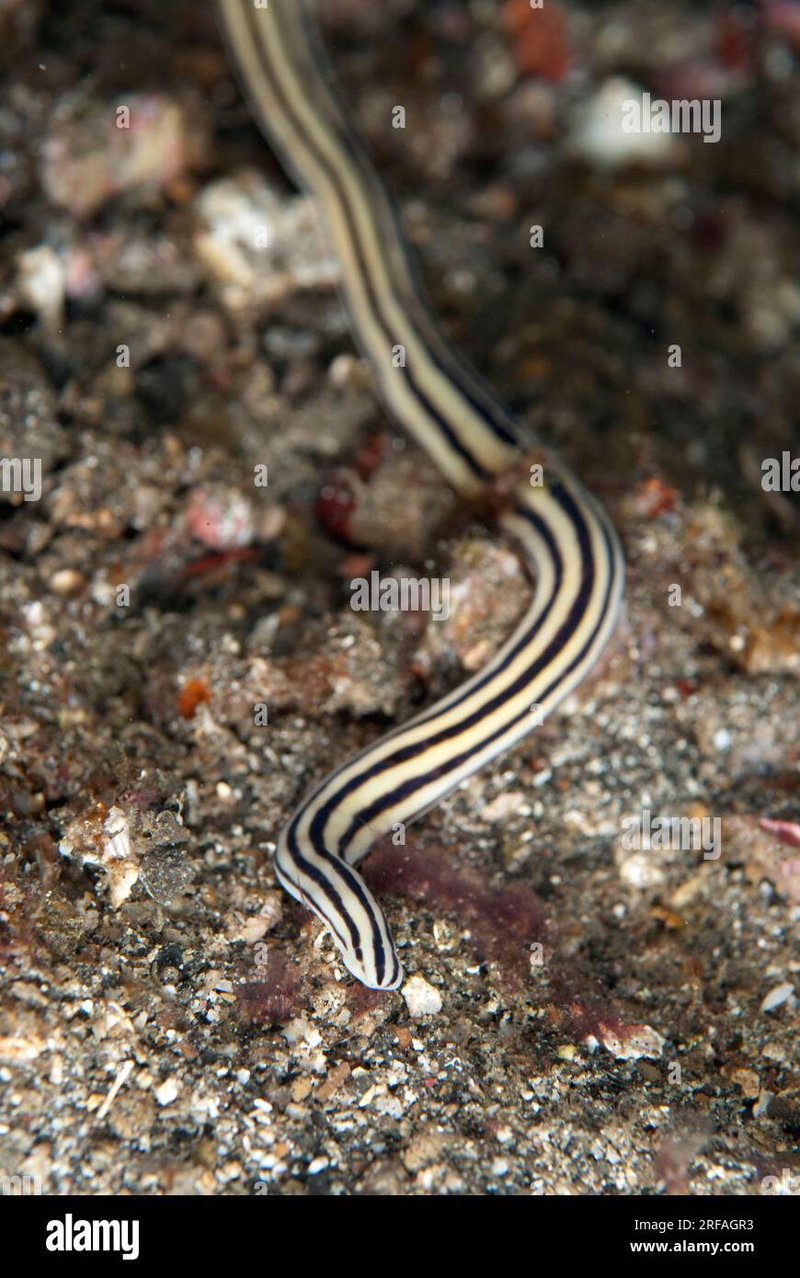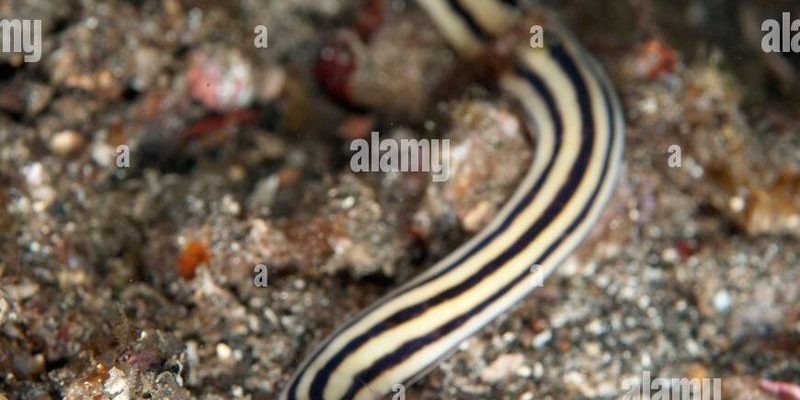
Ribbon worms may not be household names, but they play a surprising role in marine ecosystems. These creatures, with their long, slender bodies and unique feeding habits, are more than just a quirky addition to marine life. They have an essential role in the **marine invertebrate food web**, influencing the populations of other species and contributing to the overall health of ocean habitats. Let’s dive into this topic and uncover some intriguing connections.
Ribbon worms, also known as nemerteans, are soft-bodied invertebrates that can stretch out to impressive lengths, some reaching over 30 feet! They primarily inhabit marine environments but can also be found in freshwater and even moist terrestrial areas. With their elongated, flexible bodies, they often resemble colorful spaghetti or ribbons drifting through the water.
So, how do they fit into the ecosystem? Ribbon worms are primarily predators, feeding on a variety of smaller marine organisms such as worms, crustaceans, and even small fish. Their hunting technique is quite impressive: they can shoot out a **proboscis**—a specialized feeding appendage—to capture prey. This remarkable ability gives them an edge in the race for food and makes them a key link in the food web.
But they’re not just hunters; they also serve as food for larger animals. Birds, fish, and even some mammals will eat ribbon worms, making them an essential part of the marine food cycle.
You might be wondering how exactly ribbon worms impact the marine food web. Well, think of them as both hunters and the hunted. By preying on smaller organisms, they help control those populations, which keeps the ecosystem balanced. If ribbon worms weren’t around, certain species might overpopulate, leading to a disrupted food chain.
Moreover, when ribbon worms are eaten by larger predators, they transfer energy to the next level of the food web. This transfer is crucial for maintaining biodiversity, as it helps support various species at different levels of the food chain. It’s like a relay race, where the baton (or energy) is passed from one runner (or organism) to the next.
Interestingly, ribbon worms also play a role in nutrient cycling. When they consume organic matter, they help break it down, contributing to the overall productivity of their environment. This process is vital because it supports the growth of other organisms, from microscopic phytoplankton to larger fish.
A marine food web is a complex network of who eats whom in the ocean, involving various organisms that may not be immediately visible. Here’s how it works: at the bottom are primary producers, like phytoplankton, which create energy through photosynthesis. Then come the herbivores, such as zooplankton, that feed on these producers. Next in line are the predators, including ribbon worms, which prey on these herbivores.
Here’s where it gets exciting! The diversity within this web means that each level relies on the others. If one group is removed or declines—like a decrease in ribbon worms—there can be a ripple effect throughout the entire ecosystem. It’s a delicate balance that underscores the importance of each creature’s existence, no matter how small.
Did you know? Ribbon worms can regenerate lost body parts, making them incredibly resilient, just like some other marine invertebrates. This ability showcases their adaptability and role in maintaining population levels within the food web!
How Ribbon Worms Impact Ecosystem Health
The health of marine ecosystems hinges on the interactions between species, and ribbon worms play a pivotal role in these dynamics. By controlling populations of smaller organisms, they help maintain balanced communities. And when they become prey themselves, they ensure that larger predators have access to a steady food supply.
In areas where ribbon worms are abundant, scientists have observed thriving marine life with a rich variety of species. Conversely, in regions with fewer ribbon worms, there can be signs of ecological imbalance. This relationship reinforces the idea that every player in the food web—big or small—contributes to the overall health of the ecosystem.
You may also be curious about the implications of human activity on these vital organisms. Pollution, habitat destruction, and climate change can severely impact their populations, ultimately destabilizing the food web. Protecting marine habitats is crucial not just for ribbon worms, but for the entire ocean ecosystem.
Challenges and Threats to Ribbon Worms
Like many marine species, ribbon worms face a series of threats that can affect their populations. Climate change is a significant concern, as rising ocean temperatures can alter their habitats and breeding patterns. Increased acidity due to carbon dioxide absorption can also affect their survival and reproductive success.
Additionally, habitat loss from coastal development and pollution poses a direct threat to ribbon worms and the larger marine ecosystems they help support. Changes in water quality, such as nutrient overload from agricultural runoff, can lead to algae blooms that suffocate other marine life, including the ribbon worms’ food sources.
If you’re interested in conservation efforts, many scientists and organizations are currently working to protect vital habitats and promote sustainable practices. Supporting these initiatives can help ensure that ribbon worms and other marine invertebrates continue to thrive.
Ribbon worms might not be the most glamorous ocean creatures, but their role in marine invertebrate food webs is undeniably important. They help keep populations of smaller organisms in check while providing nourishment for larger predators, making them essential players in the grand scheme of ocean life.
Understanding their place in the food web helps us appreciate the complexities of marine ecosystems. Every single organism, including ribbon worms, contributes to the health and stability of the ocean. By advocating for sustainable practices and protecting marine environments, we can ensure that these fascinating creatures—and the web they inhabit—continue to flourish for generations to come.
So next time you think about ocean life, remember the ribbon worms and all the unseen connections that bind our marine ecosystems together.

